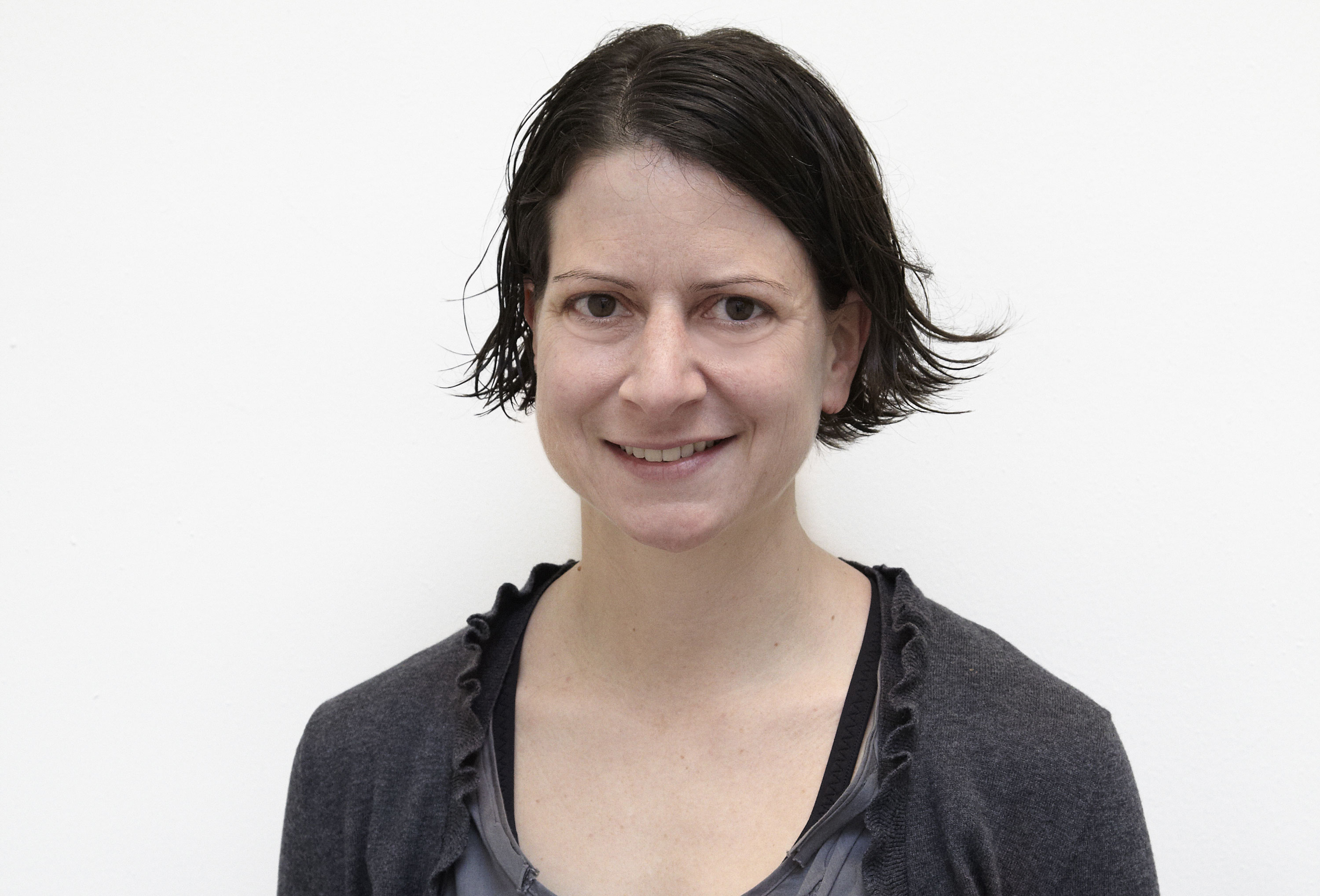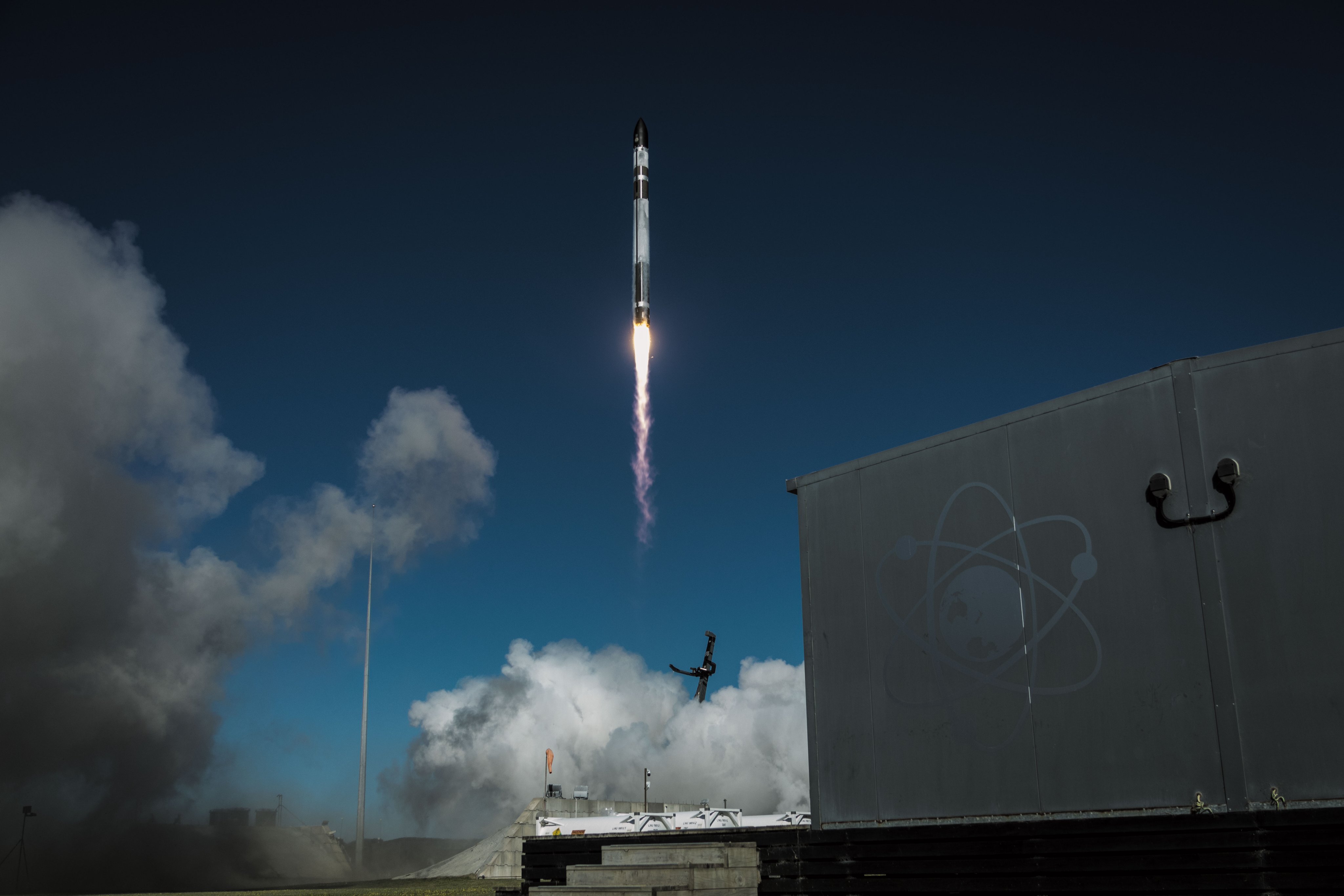On Guard: NASA Plans Trio of Sun-Watching Missions
With someresearchers predicting the onset of severe solar weather in a few years, NASAis planning to triple team the Sun by keeping one ancient craft alive toprovide critical support for two fancy new missions.
The SOHO spacecraft has been the workhorse of space weather forecasting since it beganobserving the Sun in 1995. It has weathered storms of its own, sufferingelectrical problems and various malfunctions that rendered it all but dead on morethan one occasion.
But SOHO (Solar and Heliospheric Observatory) has endured, longer than any othersolar-dedicated observatory. Designed as a two-year mission, funding to operatethe craft has been extended twice in the past so it could cover a complete11-year solar cycle.
And now,even though it is being upstaged by the more glamorous 3-D Solar TErrestrialRElations Observatory (STEREO)images, SOHO has received funding through 2009. Why? Turns out, there arecrucial observations only SOHO can do in the effort to monitor the raging Sun. Even next year, when the SolarDynamics Observatory (SDO) is slated to launch, SOHO will remain a vital part of thethree-mission observation team.
"SOHO hasbeen a godsend in terms of advancing our science in the years it's been up,"said Joseph Kunches, lead forecaster at the NOAA Space Environment Center. "SOHO has already taken us and lifted the whole profession up to the first floor of thebuilding from the basement, and now we're trying to go higher."
Home runs
Currently,forecasters rely on statistics to predict when a storm will hit, for instanceusing information from an average magneticstorm. In contrast, the triple fleet will provide real-time information.Plus, rather than a window of, say, six hours, Kunches said the forecastersmight be able in the future to say that stormy conditions will clear up in thenext 45 minutes with some confidence.
Breaking space news, the latest updates on rocket launches, skywatching events and more!
"Right now,we have somebody standing at home plate and the Sun is the pitcher and it'sthrowing us these fast balls," Kunches said in a phone interview. STEREO willprovide "first-base and third-base coaches," watching what's comingfrom the "pitcher" to the "batter," he said. "They'll beable to tell us better than ever when [a pitch or a solar storm] is going toarrive at home plate, at the Earth."
Adding SDOto the team will be like a sharp-eyed umpire, upping the chances of "hittingone out of the park," he said, extending the analogy.
"We want tohit home runs. We want to know what's coming and be able to prepare for it asbest we can and get the word out," Kunches said.
Tough toreplace
The jury isstill out as to whether the coming solarcycle will be characterized by lots of intense solar storms or a calmperiod. There is strong evidence on both sides, Kunches said.
Considered SOHO's replacement, SDO is the first mission to be launched for NASA's Living With a Star(LWS) program, which aims to determine the causes of solar variability and howthese peaks and troughs in solar storms impact Earth.
But SOHO's Large Angle and Spectrometric COronagraph Experiment (LASCO) coronagraphs, whichroutinely capturemassive solar eruptions called coronal mass ejections (CMEs), can't bematched by either STEREO or SDO. These major storms sometimes slam into Earth,threatening satellites, communications and even terrestrial power grids.
"LASCOis the only show in town," said Bernhard Fleck, SOHO project scientist atNASA's Goddard Space Flight Center in Greenbelt, Md.
The LASCOinstrument uses a Sun-shade to block out the main body of the Sun, simulating asolar eclipse. That way, astronomers can watch activity in the Sun's outeratmosphere, which is up to 10 million times fainter than the light from thesolar disk. Without the bright-light blocker, forecasters would not be able toobserve a solar ejection inthe corona and beyond, a step that is crucial for forecasting how such spaceweather might impact Earth.
"Thisinstrument is capable of observing what is happening in the high atmosphere ofthe Sun," said Guillermo Stenborg, SOHO-LASCO operations scientist at Goddard.
One set ofinstruments aboard SOHO monitors solar activity in the disk itself, and oncethe charged ejections reach the outer atmosphere LASCO's coronagraphs takeover, tracking the event in interplanetary space out to a distance of 432,000miles (695,500 kilometers) from the Sun.
Supportingroles
If itsurvives long enough, SOHO will also be used for the crucial task ofcalibrating SDO to make more accurate readings of the data it collects.
Meanwhile,Fleck told SPACE.com, he and other SOHO engineers are working toautomate SOHO mission procedures and observations to "fly verycheaply." Instead of scientists monitoring the status of instruments, "thiswill be done by computers which will alert the spacecraft engineers andinstrument teams in case of an anomaly," Fleck said. "The plan is to move tounmanned night passes in the fall."
If SOHO can hang in there, it will also make up for a shortcoming of the STEREO mission plan.STEREO's two spacecraft are drifting apart at about 45 degrees each year. Withinfour years, the probes will be so widely spaced they won't be watching theportion of the Sun that faces us, and they won't be able to properly monitorhow solar storms will affect Earth.
SOHO can fill in the gap.
"SOHOis actually the third eye of STEREO," Fleck said, and even now many ofSTEREO's observations are enhanced by adding SOHO data. In order to whip up a 3-Dimage, astronomers need three points of reference, so STEREO's twins providetwo points while SOHO generates the third.
Currently, SOHO and its instruments appear in good shape, and Stenborg said battery power (a typicalreason for instrument conk-outs on an old mission) is not an issue.
Stenborgsaid most of the instruments will be decommissioned a year or two after SDO islaunched, which is set for August 2008. "They will be taken out of operationexcept for LASCO and a couple of other instruments, especially because SDO hasno LASCO kind of instrument," he said.
- Images: Sun Storms
- Top 10 Sun Images from SOHO
- Mysteries of the Sun

